Alice: Fiorella, I’m craving a fabulous coffee in the shade. Is it possible?
Fiorella: Bar Marino! Not trendy at all, but Salvatore makes an excellent, strong coffee and we can sit in the shade of Porta San Gennaro, the oldest door of the city.
Alice: I love Bar Marino. It’s just enough out of the bustle of the crowds and it a perfect postcard of a typical Neapolitan street scene. But it’s hot, it’s so hot… I don’t think I can manage to drink a hot espresso.
Fiorella: You can get a caffè freddo! It’s a perfect Neapolitan drink for the summer. Forget about Frapuccinos. It is just cold, iced espresso with sugar. Perfect for the nearly 100 degree heat. And Bar Marino has such a nice breeze under the arch of the great door of the city.
Alice: Yes, please!
In Naples coffee is the great connector. Wherever you go, in any situation, you’ll share a coffee. In tragedy, happiness, stress, in everyday life, there will be coffee. You can have it delivered anywhere -even just one coffee and even to my apartment with a five floor walk up. Most people have their favourite bar to start their day and Bar Marino is one of the places that carries on the Neapolitan tradition where the coffee is good, strong and served hot (or cold, if you prefer). Architects, teachers, tourists, students, artists and plumbers all crowd around the chrome of this old school establishment.
This not-so-swanky bar sits in front of one of the most historical pizzerias in Naples -Pizzeria Capasso- with the original marble doorway where many people have passed through, including the cast members of the acclaimed show “Gommorra”. Some of the staff were even featured in the series.
At the foot of Porta San Gennaro, which tells the story of the old Naples, the passing scooters, prams and groups of chattering people set the scene below.
Fiorella: If all the tables are occupied it might happen that an old lady with bags of food for Sunday lunch asks you to share the table with you… it doesn’t mean you have to have a conversation, it is only the fabulous Neapolitan humanity and friendly attitude.
Porta San Gennaro is the oldest gate of Naples, already documented in the 10th century. It was the only entrance in the city from the North, where the hill of Capodimonte and the catacombs of San Gennaro are…hence why it’s called Porta San Gennaro.
It was also known as the tufo gate because through it the tufa stones from the quarries of the Sanità entered the town.
It was originally next to the fabulous Baroque church of Gesù delle Monache (enter the church to admire the airy stuccoes by Lorenzo Vaccaro and Troise!!!). In 1537 because of the expansion of the walls under Don Pedro de Toledo Porta San Gennaro was moved to the nearby via Foria, it’s current location.
After the horrendous plague of 1656, Mattia Preti was commisioned to do the fresco including the Saints of Gennaro, Rosalia and Francesco Saverio imploring the end of the epidemic. The marble statue in front of the fresco represents San Gennaro and St Michele. Three years later the bust of San Gaetano was added inside the gate on specific request of the Theatini.
The niche with the Virgin surrounded by silver ex votoes was placed under the arch in 1887 in memory of the cholera outbreak in 1884 and is still worshipped by the locals.


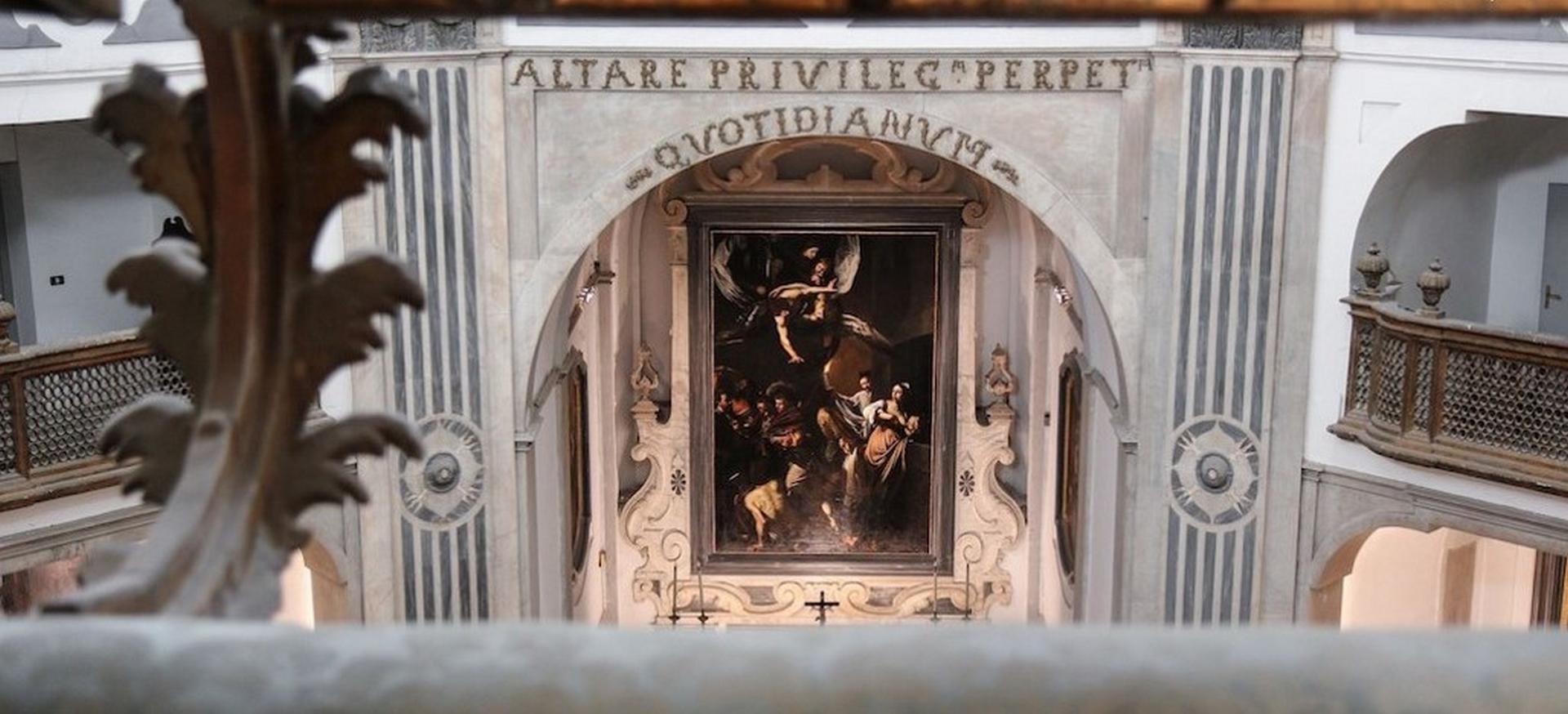







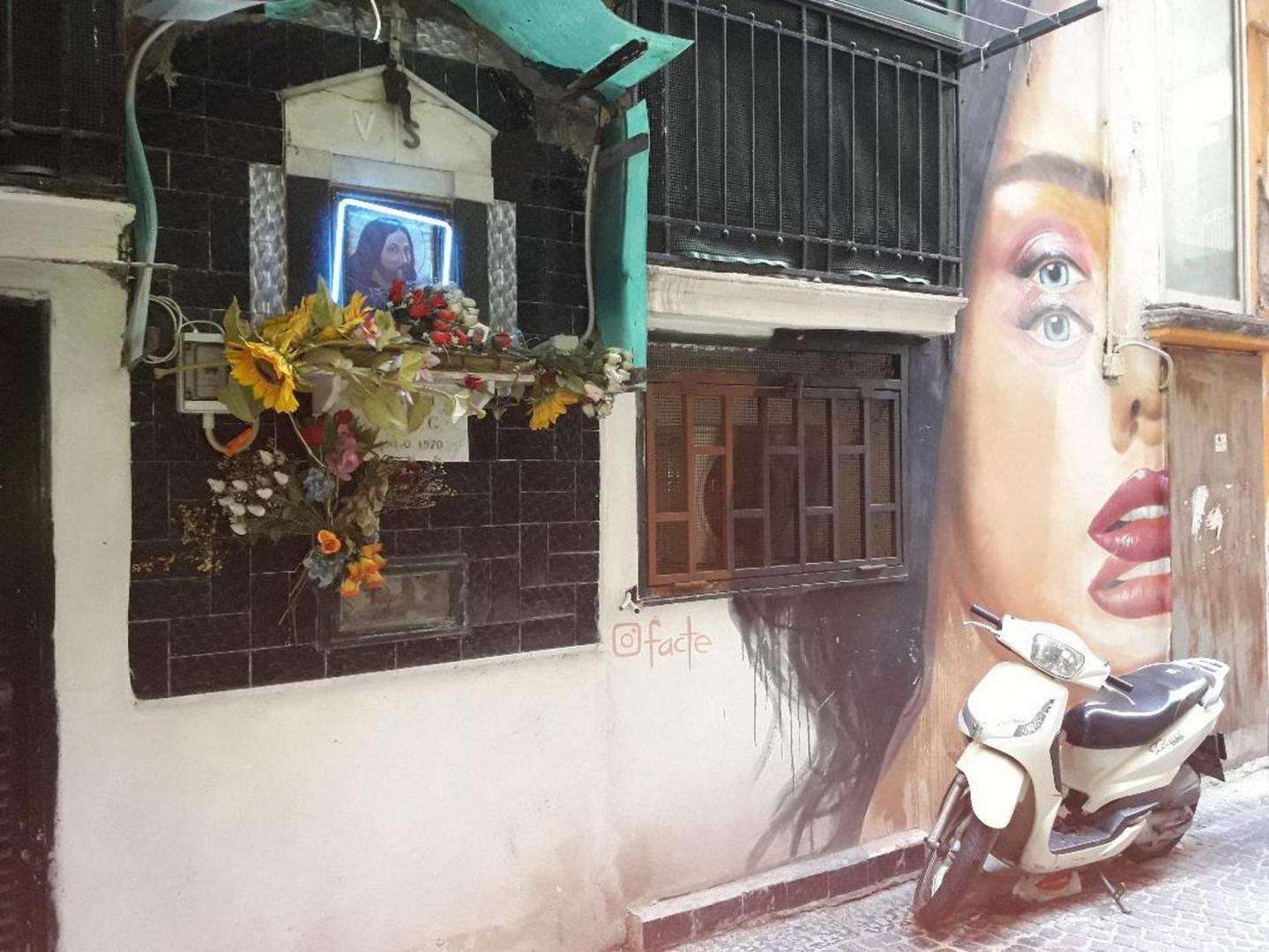




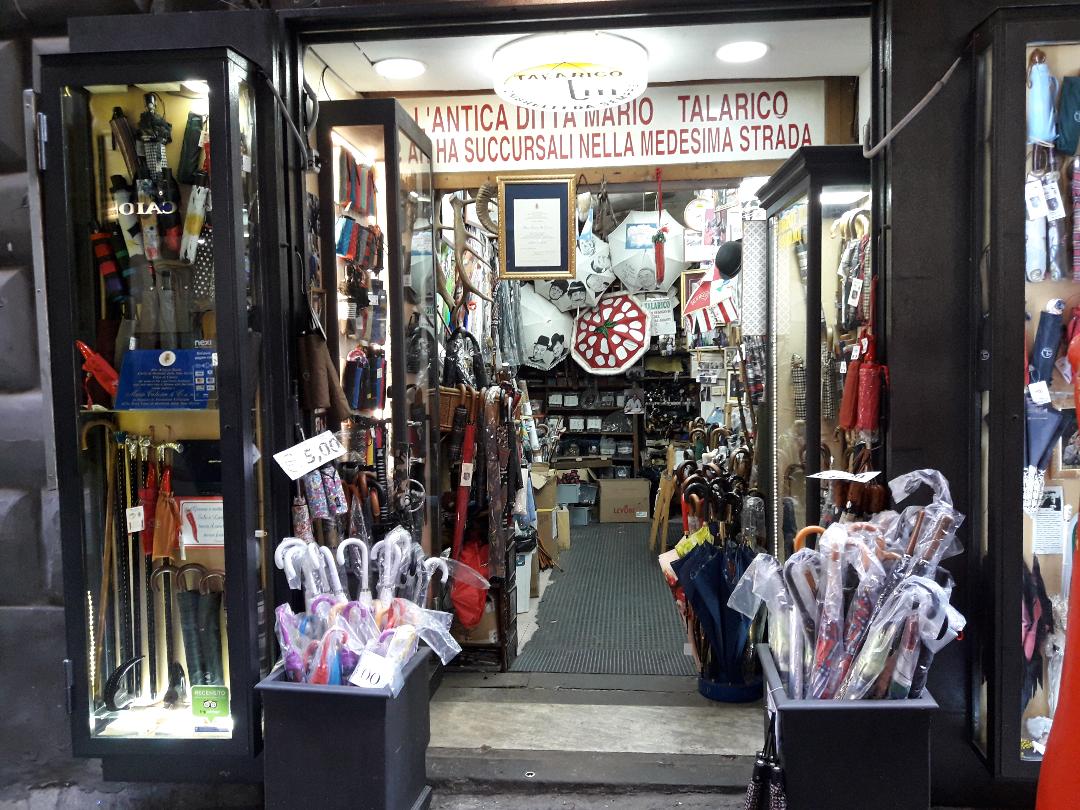




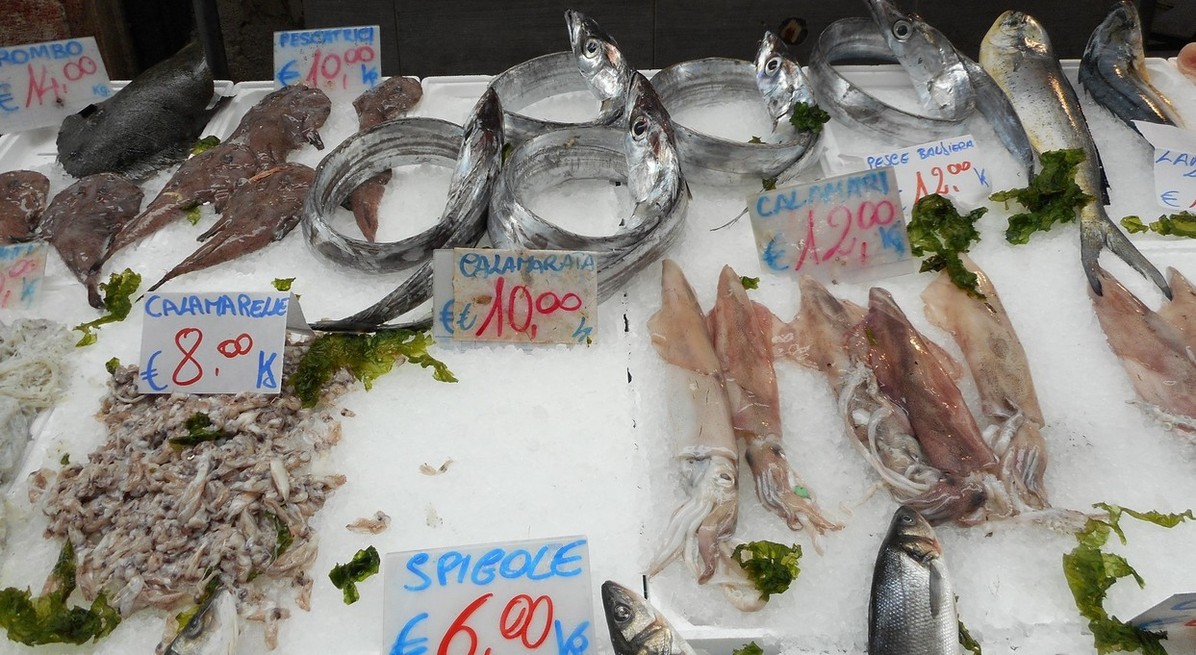












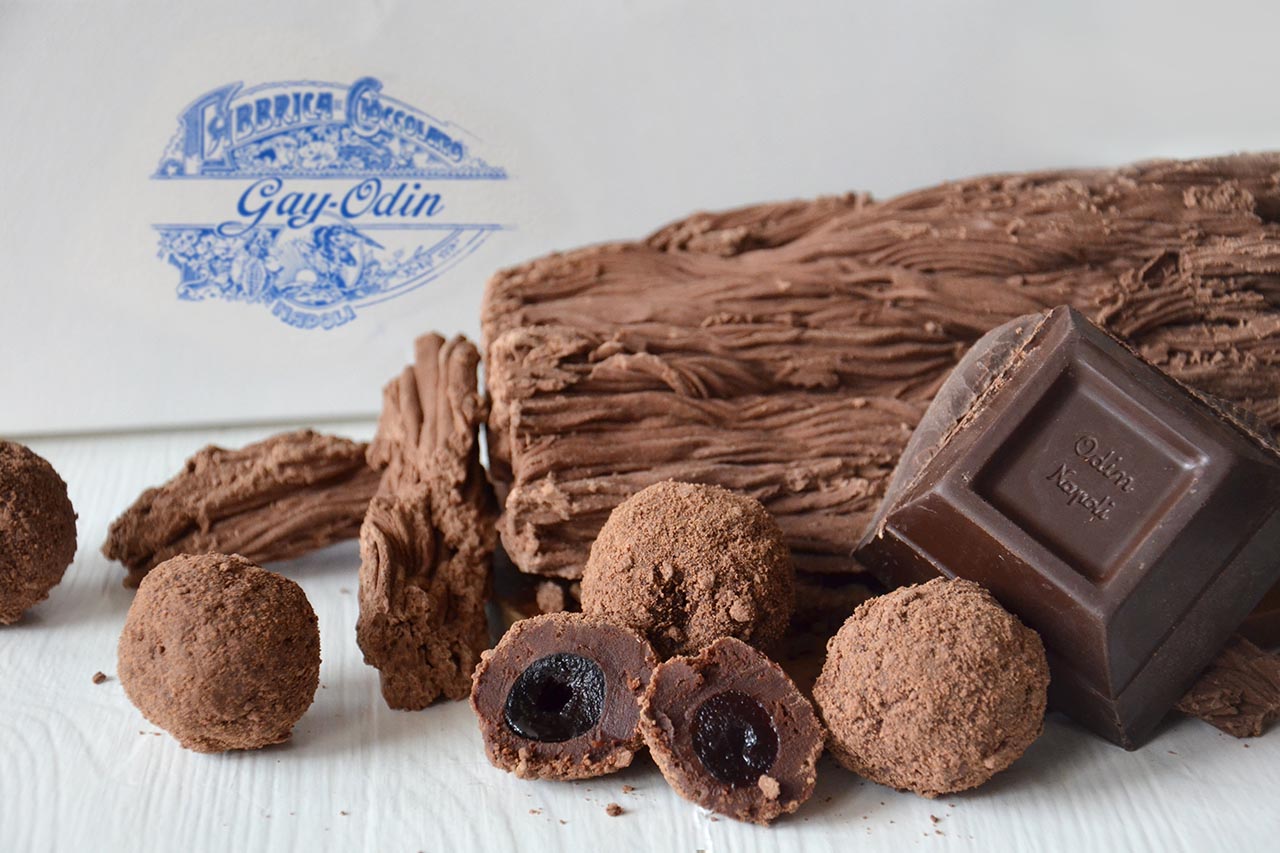





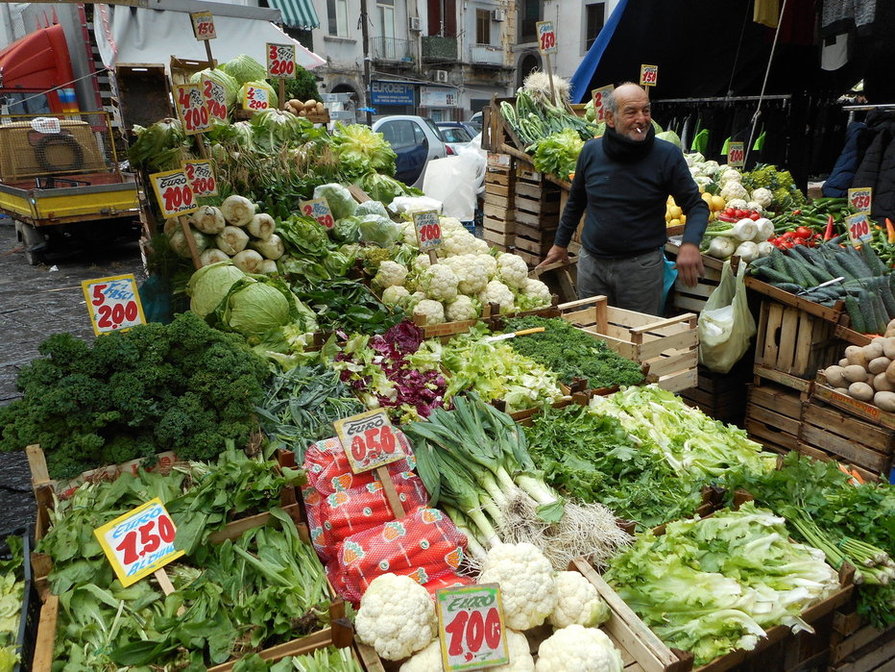














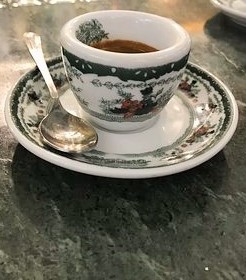

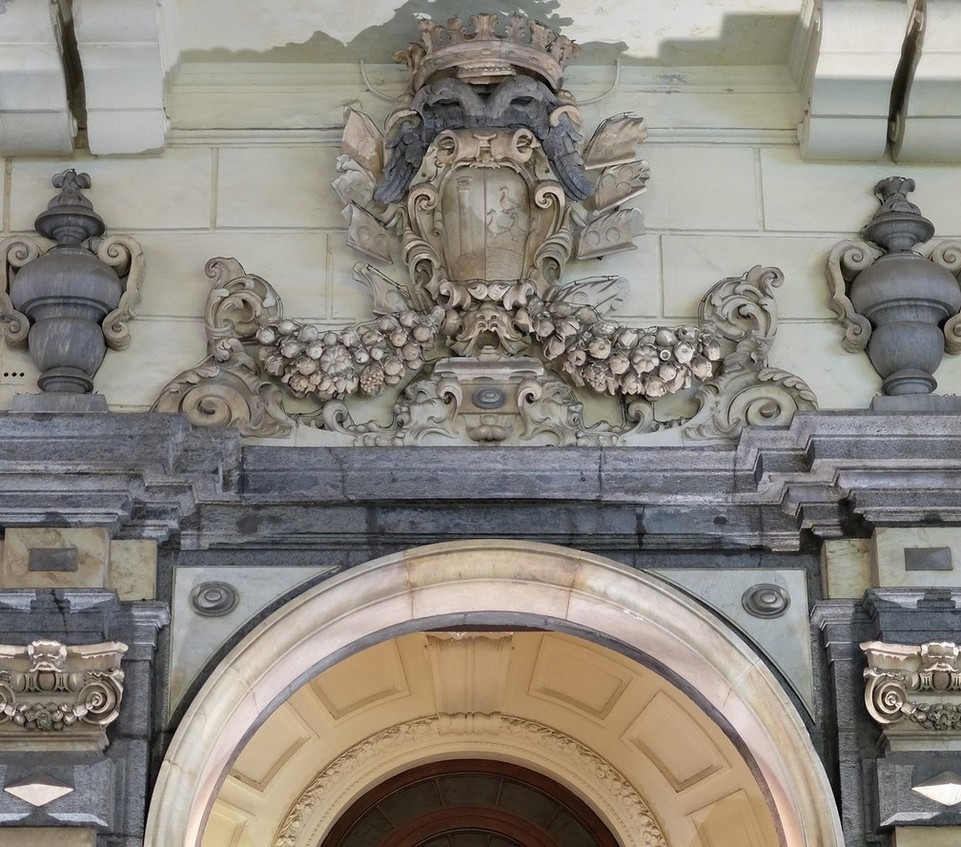
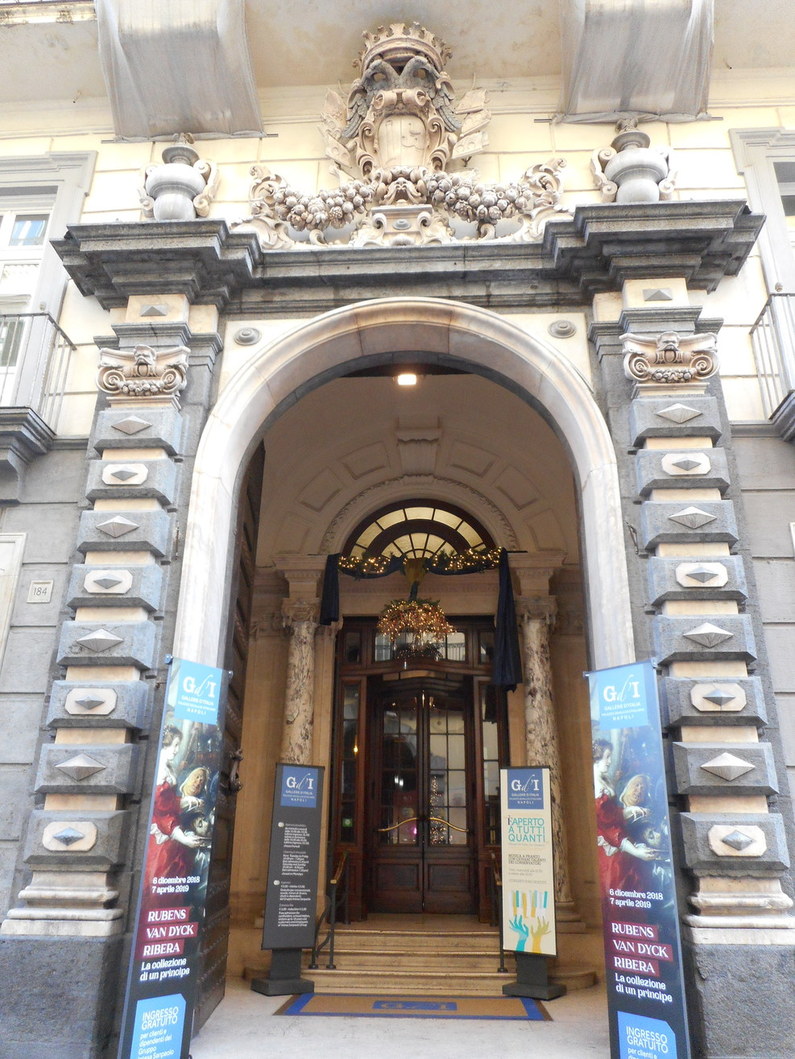


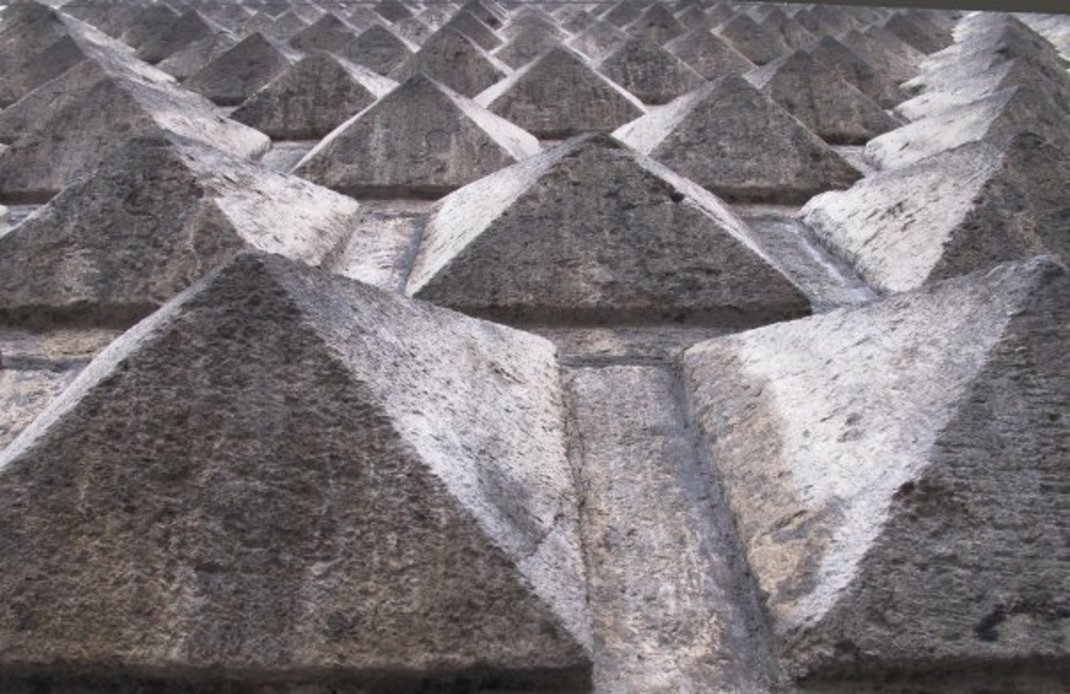














 Coroglio Beach
Coroglio Beach 